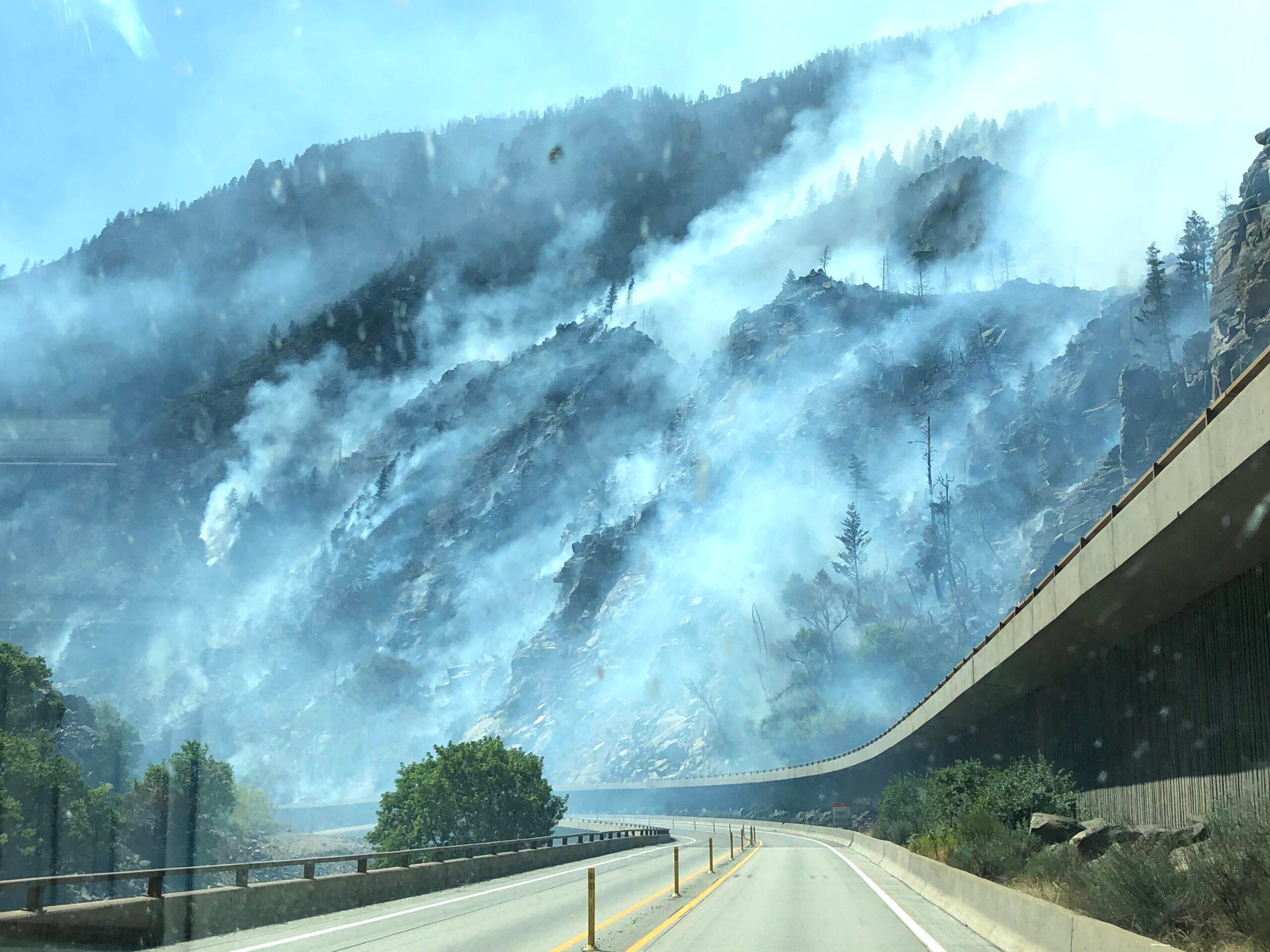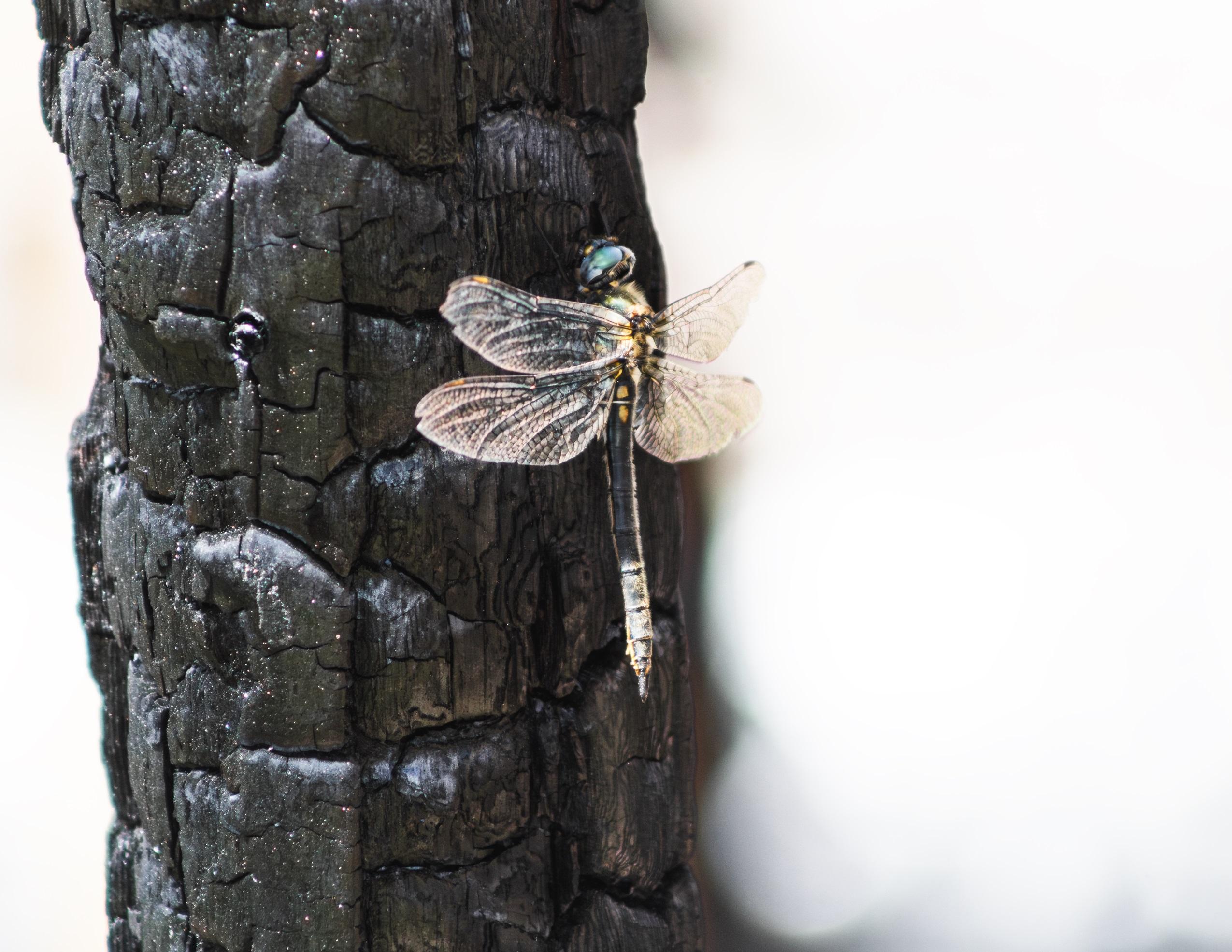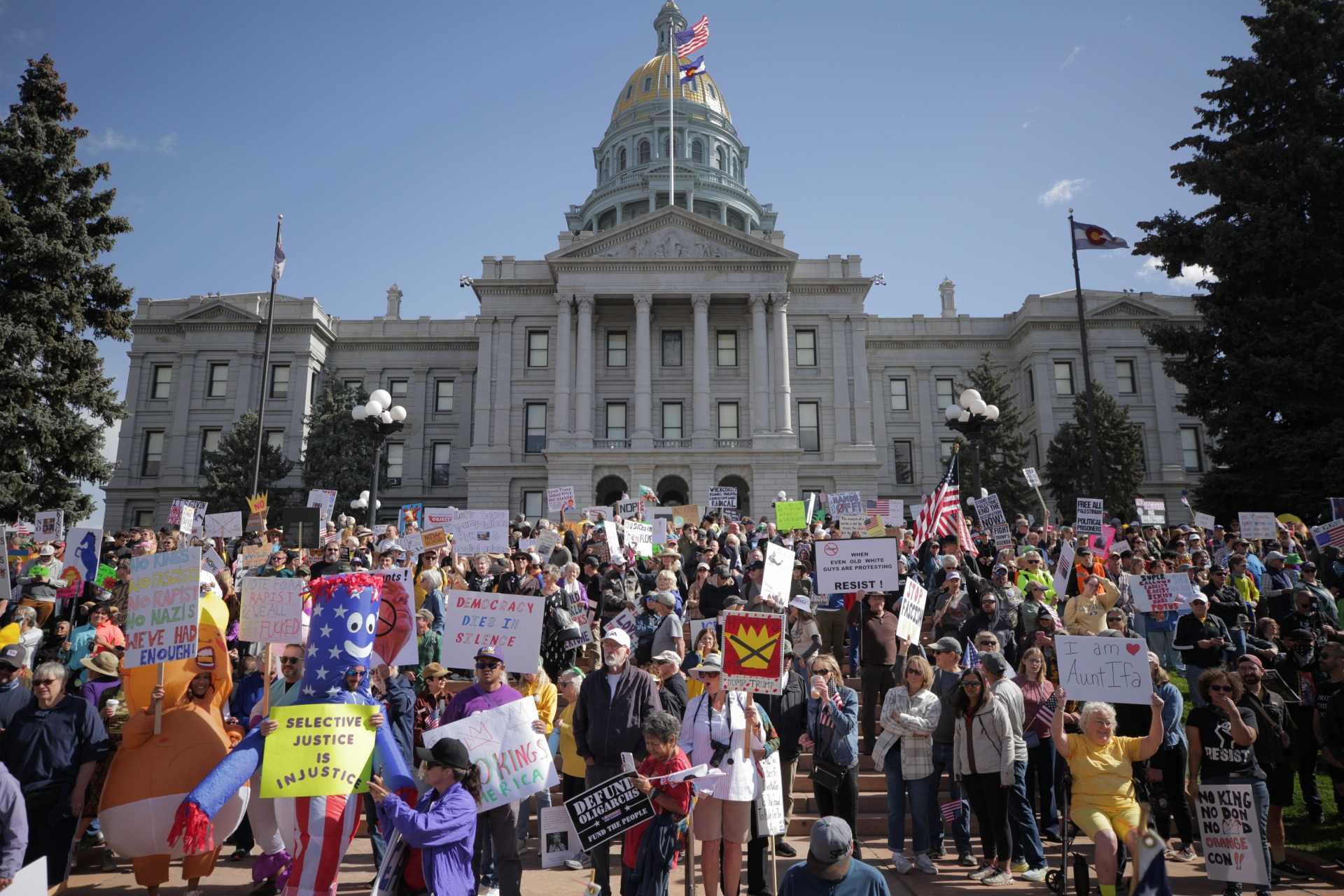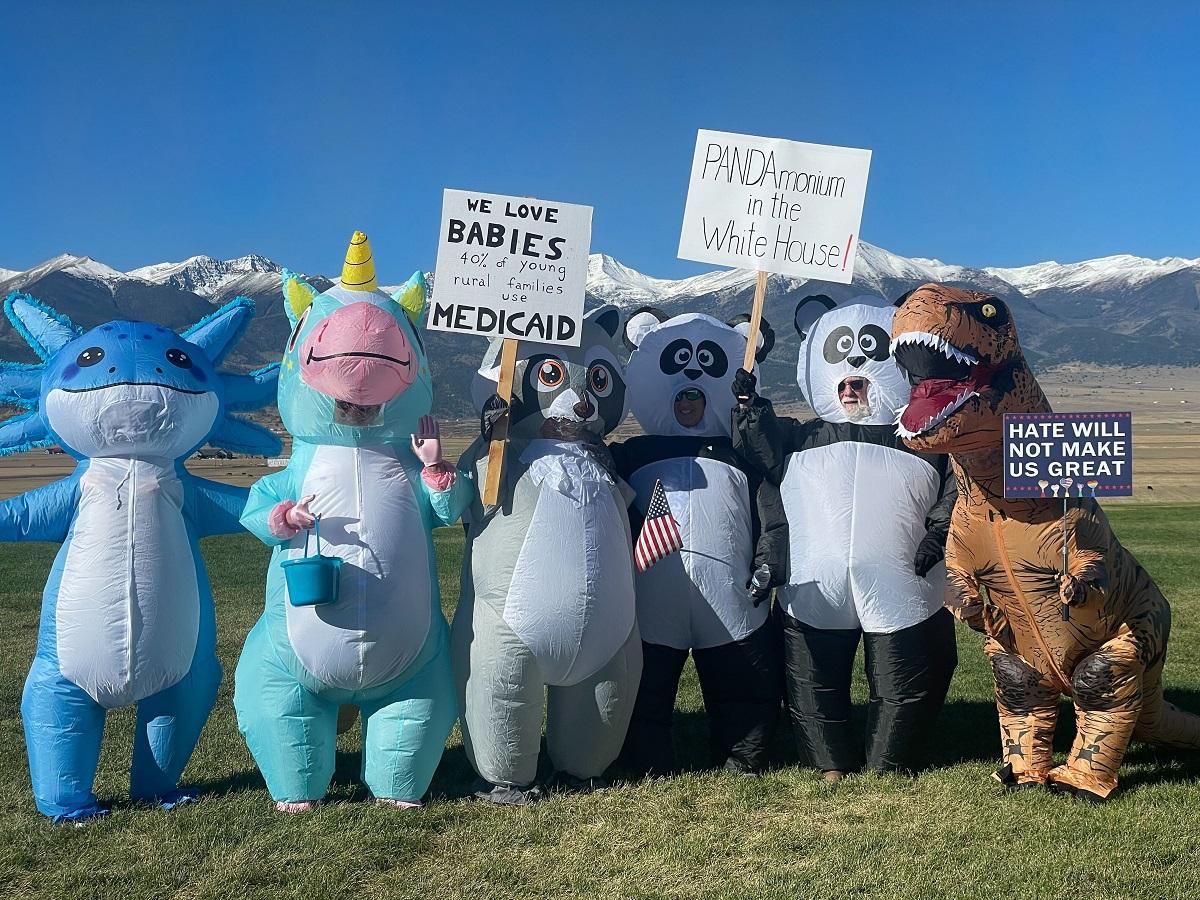
Updated 6:11 p.m.
Interstate 70 at Glenwood Canyon could reopen in "days, not weeks," Colorado Department of Transportation Executive Director Shoshana Lew announced at a press conference Thursday evening.
“The end is in sight," she said.
It's still too early to estimate the cost of damages to the interstate caused by the Grizzly Creek fire, CDOT staff say. The agency has requested that aid that could cover 80 percent of the total repair cost. An initial assessment shows that the fire didn't burn hot enough to do significant damage to concrete bridge and viaducts, staff said.
But the fire burned many of the pine trees and other vegetation along the canyon walls, said regional CDOT director Michael Goolsby. The burn is especially evident from the west-bound lanes.
"It's apocalyptic," he said. "There are areas up there that are destroyed. It's terrible. It pains me to see it."
"I had somebody tell me they went through it and cried when they saw it," he added.
That lack of vegetation will lead to more rock falls, said Paul Santi, a professor of geology and geological engineering at the Colorado School of Mines.
Roots that used to soak up water during rain storms will take a few years to regrow. So rain can now run freely toward the Colorado River below, which could cause water quality issues for millions and also take some rocks and sediment along with it.
“For the next year or two, I’d be pretty wary of driving through there during a rainstorm,” Santi said.
Heat from the fire is another factor. It causes cracks in rocks that can send them tumbling down, Santi said. Already, a boulder the size of a Volkswagen has fallen across the highway and broken a piece of a guard rail, Grizzly Creek fire public information officer Brian Scott said.
“There's constantly rocks and other debris and such falling down onto the road deck,” Scott said. “You certainly wouldn't want to be driving through there.”
CDOT crews are continuing to inspect the roadway and are doing rockfall mitigation work too. The agency, along with emergency management teams and local governments, will decide together when to open the canyon.
"Our first priority is safety," Lew said.
Time is of the essence. I-70 through Glenwood Canyon is a vital link for communities on both sides of it, not to mention tourists who found themselves on sketchy backroads. Without it, commercial haulers and drivers must make hours-long detours to the north or south.
Experts are looking at about 12 miles of intricately constructed roadway.
It took decades to plan and build Interstate 70 through the canyon. CDOT built 40 bridges and viaducts to carry the roadway over difficult terrain and to protect sensitive vegetation, said Ralph Trapani, who was CDOT’s project manager for Glenwood Canyon from 1980 to 1992. He said watching the fire move through the area has been a humbling experience.
“Mother Nature is always going to bat last, especially in a place like Glenwood Canyon, with geo hazards and floods and fire and things like that," he said. And we do the best we can to manage around that and provide a safe environment for the motorist."
All of those viaducts and bridges could turn out to be a blessing, precisely because they lift the road about the ground below. In many stretches through the canyon, rock may slide beneath the road — not over it.
“I think that’s going to help,” said Santi, the School of Mines geologist.
Trapani said CDOT had rockslides in mind when designing those structures, but not necessarily fires that could cause them. Wildfires weren’t much an issue at the time, because for decades prior, the federal government had aggressively suppressed them.
“When I started on the project in 1980, we weren’t getting the kind of wildfires that we’re getting nowadays up here,” Trapani said.
Those decades of fire suppression led to overgrowth that is now contributing to today’s megafires.
Climate change exacerbates CDOT's woes.
The other big factor is rising temperatures. Western Colorado has seen temperatures rise by more than two degrees Celsius in the last century, contributing to drought that exacerbates the problem.
Trapani said he’s now keenly aware of the threat climate change poses to Western Colorado. He even helped start an environmental non-profit focused on clean energy.
“We’re enduring 100 degree days up here in Glenwood Springs now. I’ve never seen that after 45 years. I’ve personally witnessed a change of the climate in this area,” he said.
CDOT itself has since recognized the importance of a changing climate. It’s developing a broad set of strategies to reduce greenhouse gas emissions, including new infrastructure for electric vehicles, replacing its own fleet with more efficient vehicles, and building more toll lanes to discourage driving and encourage transit use.
The department also adopted a transportation resilience policy in 2018, meaning it will, among other things, more actively plan for natural disasters like wildfire. All of the major fires burning across the state, from Grizzly Creek to Pine Gulch near Grand Junction to Cameron Peak near Walden, mean CDOT needs to put that policy at the forefront, said commissioner Kathy Hall.
“Because it’s kind of slipping back,” she said Wednesday.
Another commissioner, Barbara Vasquez, said the department must balance the need to plan for disasters with reducing its own role in contributing to them.
“We do know that the current drought is the reason for the huge wildfire season, and that drought is linked to human-caused activity and climate change,” Vasquez said.








